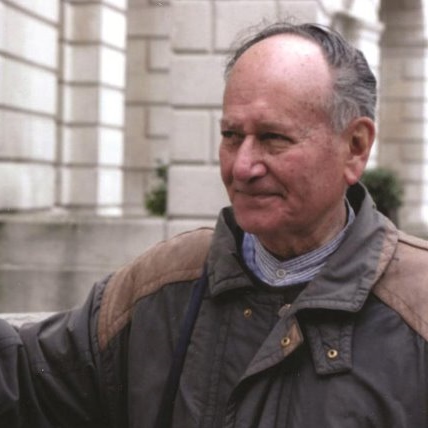
SA

A long life encapsulated in 80 big boxes
ROBYN SASSEN
“She created a no-nonsense system with limited resources,” he says. “Everything collected went into files. Files went into box files. Everything was numbered, labelled, indexed, accessible… and aside from all the other things she did, she found the time to turn my manuscripts into published work.”
Last week’s launch of the Valerie Chipkin Archives at the Fassler Gallery, in the John Moffat Building on Wits University campus, was co-ordinated to honour Valerie’s life. She passed away in March 2015, after a long illness. The exhibition is the tip of the iceberg of between four and five decades of Clive’s architectural research and history, filling over 80 boxes.
It offers insights into Chipkin’s architectural work, experience and methodology and above all, into the significant architecture books that he wrote over the years.
Chipkin graduated in architecture in 1954, and after enjoying a scenic foray into the industry, which saw him travel extensively, meet and converse with architectural luminaries of the ilk of Le Corbusier’s brother, and open his eyes to different understanding of Modernist architecture’s textures and visual grammar, he set up his own architectural practice in 1958. Over the years, Chipkin upheld a warm commitment with Wits University, offering his services as a part-time academic.
In 1970, in collaboration with Valerie, who was an artist affiliated with the Johannesburg Art Foundation under Bill Ainslie, Chipkin designed the family’s Craighall Park home in Portland Avenue, and as he describes in one of his publications, this house was a feast of textural detail, paying respectful tribute to the African context and the immigrant associations of the house and its residents.
Born in 1937, in Cape Town, Valerie was a member of the Black Sash and Clive remembers the bursaries for black learners which she established and administered, and the rural clinics and child-birth facilities which she had had a hand in establishing.
“The name Valerie Chipkin Archives is not incidental,” wrote Clive in his opening address for the exhibition, mentioning that he had known Valerie for a “fulsome” 56 years to the day. Describing the opening event as “quite fun”, he speaks of Valerie as the inspiration for this collection.
The exhibition comprises displays of photographs and drawn elevations, extracts from publications and personal drawings and paintings which offer insight into the richness of the relationship of Valerie and Clive.
Chipkin worked on a number of architectural commissions in and around Johannesburg, but he is more present in the awareness of architectural experts as a documenter of the history of architecture, an interest which considerably informs this valuable archive.
An honorary doctorate was conferred on Chipkin in 2013 in acknowledgement of the contribution he made to the industry, not only through his significant publications on the history of architecture in South Africa, but also because of his seminal role as a member of Architects Against Apartheid, an organisation begun by Struggle icon Rusty Bernstein in 1986.
Chipkin’s magnum opus Johannesburg Transition: Architecture and Society from 1950 is a follow-on from his Johannesburg Style: Architecture and Society 1880s-1960, which was published in 1993.




